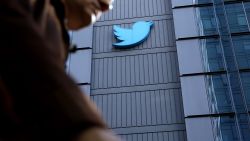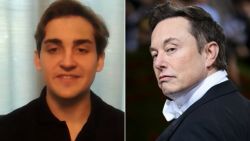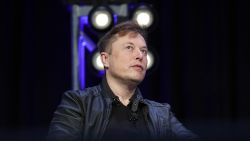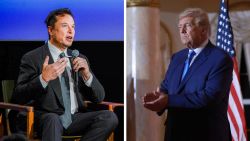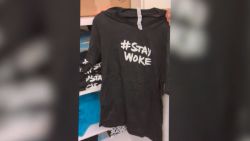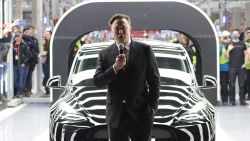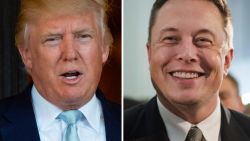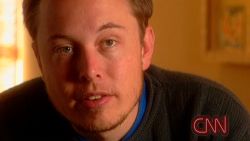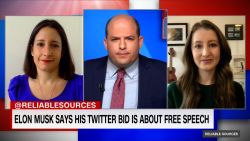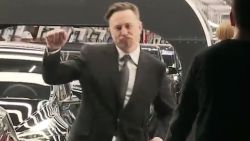It started with yet another Elon Musk tweet. Where it ends, nobody knows.
The SEC on Monday asked a federal judge to hold Musk in contempt for violating a settlement deal reached last year. That puts the billionaire Tesla CEO back in legal jeopardy — and could expose him to serious consequences should the judge side with regulators.
It also could ramp up pressure on Tesla (TSLA) and its board of directors to take action against Musk independently.
How it started
On August 7, 2018, Elon Musk tweeted that he had secured funding to take Tesla private at $420 a share. The stock soared after his announcement.
The problem was he hadn’t secured the funding, according to the SEC. In September, the regulator filed a lawsuit against Musk, claiming he misled investors. The SEC wanted a judge to remove Musk as CEO and chairman of the board.
Musk initially called the lawsuit “unjustified,” but he settled in October. He agreed to pay $20 million, step down as chairman and ask Tesla for pre-approval to send social media posts that contain information that is material to investors. Musk remained CEO.
Another dust-up
Musk’s latest run-in with the SEC stems from a tweet he sent a week ago, on February 19: “Tesla made 0 cars in 2011, but will make around 500k in 2019.” Hours later, Musk sent a follow-up tweet indicating that the company will actually deliver just 400,000 cars this year.
Although Musk corrected his mistake, regulators berated Musk for once again publishing “inaccurate and material information about Tesla to his over 24 million Twitter followers.” The SEC said Musk had not asked for or received company approval before sending the tweet, as required by the settlement.
Did Musk violate the deal?
The ramifications for Musk depend in large part on US District Court Judge Alison Nathan.
Nathan said Tuesday that Musk has until March 11 to explain why he should not be held in contempt.
After that, Nathan will have to decide: Did Musk break the terms of the settlement agreement, which she approved in October?
The burden of proof is on the SEC.
“Just because they allege it doesn’t mean it’s true,” said David Chase, a former SEC prosecutor.
Tesla agreed in Octoberto establish a board committee to oversee Musk’s posts. The SEC argues that Musk’s February tweet violated the deal, and that he had not “made a diligent or good faith effort” to comply.
In a court filing, Tesla conceded that Musk did not receive pre-approval for his posts, but claimed he didn’t need it. Tesla said the language he used was based on information the company made public 20 days earlier during its January 30 earnings call with Wall Street analysts.
However, the settlement agreement stipulates that any edits to pre-approved language need to be approved again by Tesla’s committee. And even if it were verbatim, Musk would have needed new approval, because pre-approval expires after two days. Also, the SEC noted that the language Musk tweeted didn’t have pre-approval in the first place, because it was incorrect.
The judge’s decision
If Nathan does side with the SEC and rules that Musk was in contempt for violating the settlement deal, she’ll have a range of options to punish Musk and dissuade him from breaking the agreement again. Consequences could range from a fine, to limiting further social media use, to his removal as CEO.
“The judge has huge discretion,” said Peter Haveles, partner in the trial and dispute resolution group at the law firm Pepper Hamilton.
The SEC didn’t specify what penalties it will seek if he is found in contempt, but it had previously sought to remove Musk as CEO.
Haveles predicted that the judge would likely fine Musk, but would steer clear of such a nuclear option for now.
“It is the first time [he broke the agreement],” he said. “It’s not trivial, but it didn’t have a dramatic market effect.”
In this case, though, the message from the judge would be very clear: Don’t do it again.



